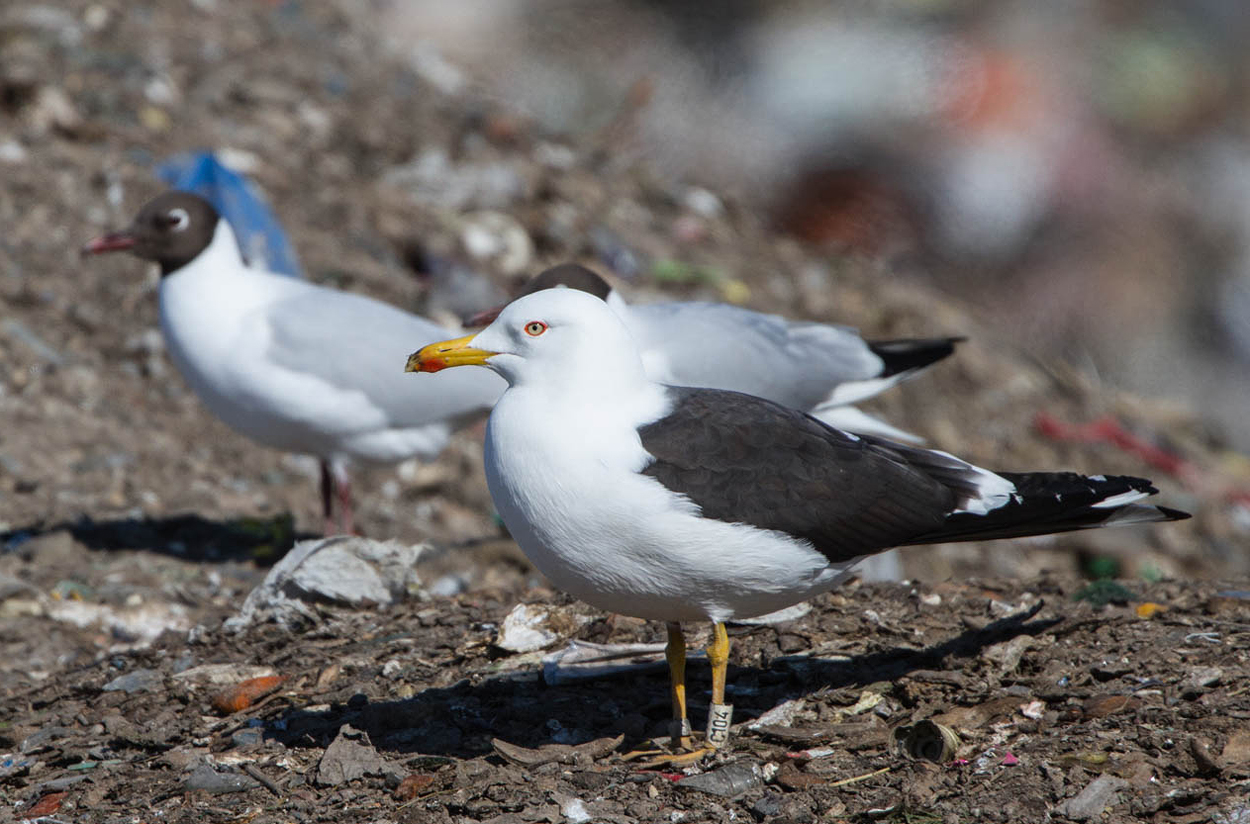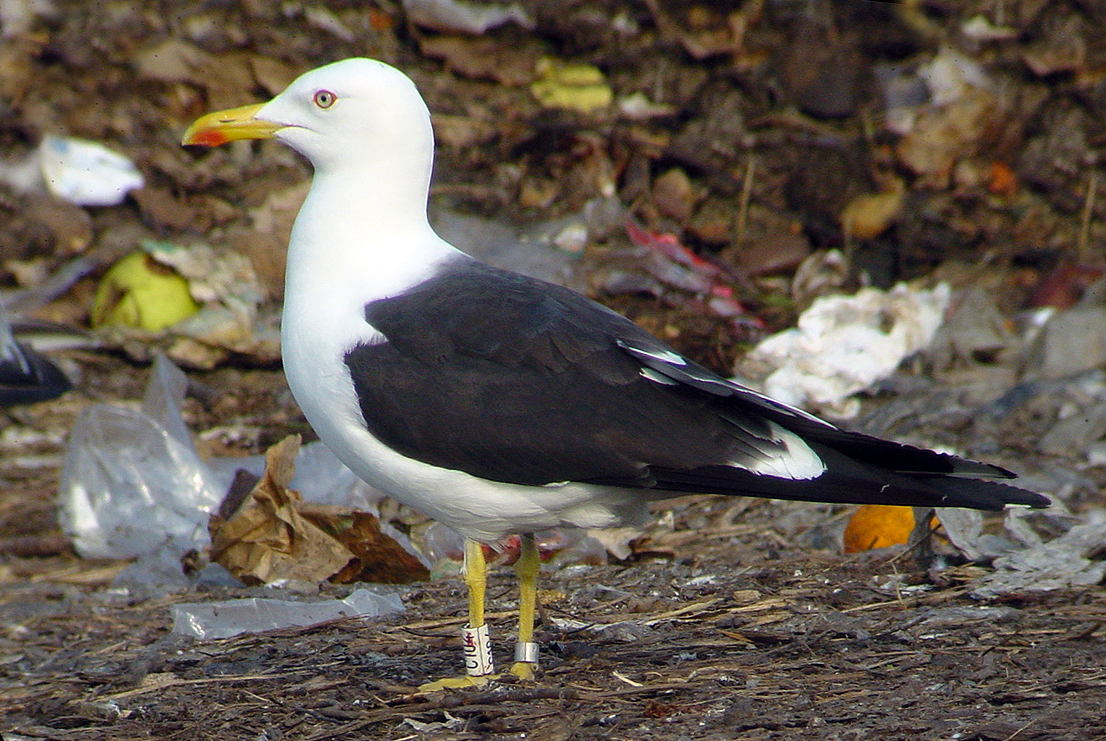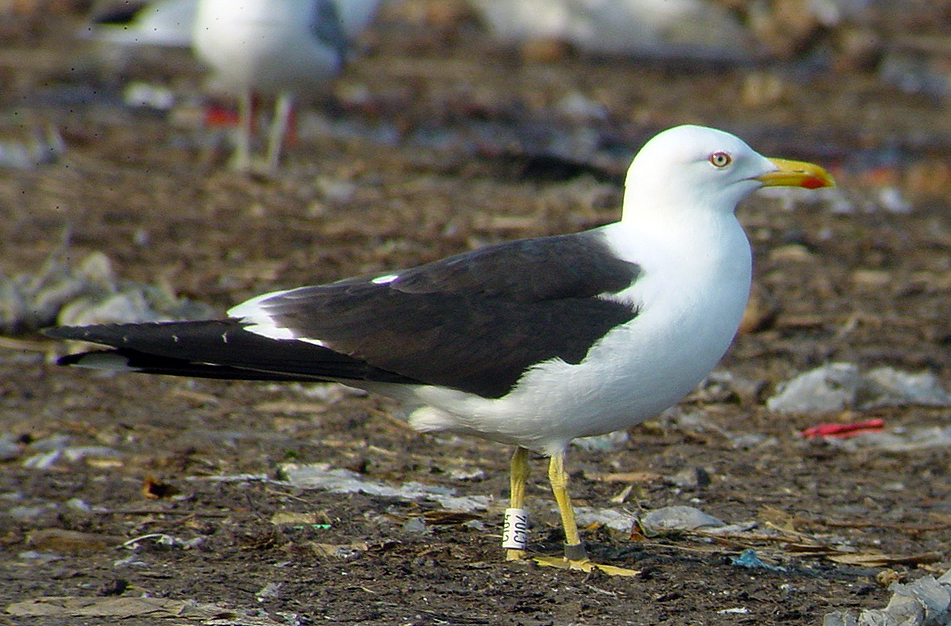 nominate Lesser Black-backed Gull (L. f. fuscus)
nominate Lesser Black-backed Gull (L. f. fuscus)
(last update:
Amir Ben Dov (Israel)
Hannu Koskinen (Finland)
Mars Muusse (the Netherlands)
fuscus 1cy July
fuscus 1cy Aug
fuscus 1cy Sept
fuscus 1cy Oct
fuscus 1cy Nov
fuscus 1cy Dec
fuscus 2cy Jan
fuscus 2cy Feb
fuscus 2cy March
fuscus 2cy April
fuscus 2cy May
fuscus 2cy June
fuscus 2cy July
fuscus 2cy Aug
fuscus 2cy Sept
fuscus 2cy Oct
fuscus 2cy Nov
fuscus 2cy Dec
fuscus 3cy Jan
fuscus 3cy Feb
fuscus 3cy March
fuscus 3cy April
fuscus 3cy May
fuscus 3cy June
fuscus 3cy July
fuscus 3cy August
fuscus 3cy Sept
fuscus 3cy October
fuscus 3cy Nov
fuscus 3cy Dec
fuscus 4cy Jan
fuscus 4cy Feb
fuscus 4cy March
fuscus 4cy April
fuscus 4cy May
fuscus 4cy June
fuscus 4cy July
fuscus 4cy Aug
fuscus 4cy Sept
fuscus 4cy Oct
fuscus 4cy Nov
fuscus 4cy Dec
fuscus ad Jan
fuscus ad Feb
fuscus ad March
fuscus ad April
fuscus ad May
fuscus ad June
fuscus ad July
fuscus ad Aug
fuscus unringed Aug
fuscus ad Sept
fuscus ad Oct
fuscus ad Nov
fuscus ad Dec
Larus fuscus fuscus C104 9CY & 18CY, July 15-16 2003 & April 05 2012, Tampere, Finland & Zabieliškis - Kaunas, Lithuania. Picture Mars Muusse & Boris Belchev.
C104 was ringed in Pälkän, Finland (61,35N 24,38E); ringed as pullus on July 01 1995 by Risto Juvaste. Hand when ringed: 185 mm.
Ring recorded at Tampere landfill:
1998: 2 records from 1998-07-09 & 1998-07-09,
1999: 10 records from 1999-05-12 until 1999-08-07,
2000: 12 records from 2000-04-26 until 2000-07-11,
2001: 11 records from 2001-04-28
until 2001-08-11,
2002: 23 records from 2002-04-16 until 2002-08-22,
2003: 19 records from 2003-05-18 until 2003-08-09.
below: fuscus C104 18CY, April 10 2013, Zabieliškis - Kaunas, Lithuania. Picture Boris Belchev.

below: fuscus C104 9CY, July 15-16 2003, Tampere, Finland (61.33N 24.59E).
Ringed as pullus at Palkan, Finland on July 01 1995, now in 9cy. A representative for the adult fuscus by mid-July. Most striking are the small size (albeit probably a male), the slender bill, the red gonydeal spot which normally doesn't exceed on the upper mandible, the dark upper-parts which turn brown hued when older and worn, the lack of moult in the scapulars, wing-coverts and the primaries and the small white tips on the outer primaries, which wear away quickly. Note the strong brown hue on the old upper-parts and the very dark fresh central median coverts. In this individual, the red spot on the gonys extends on the upper mandible. The three upper tertials have been replaced recently.

